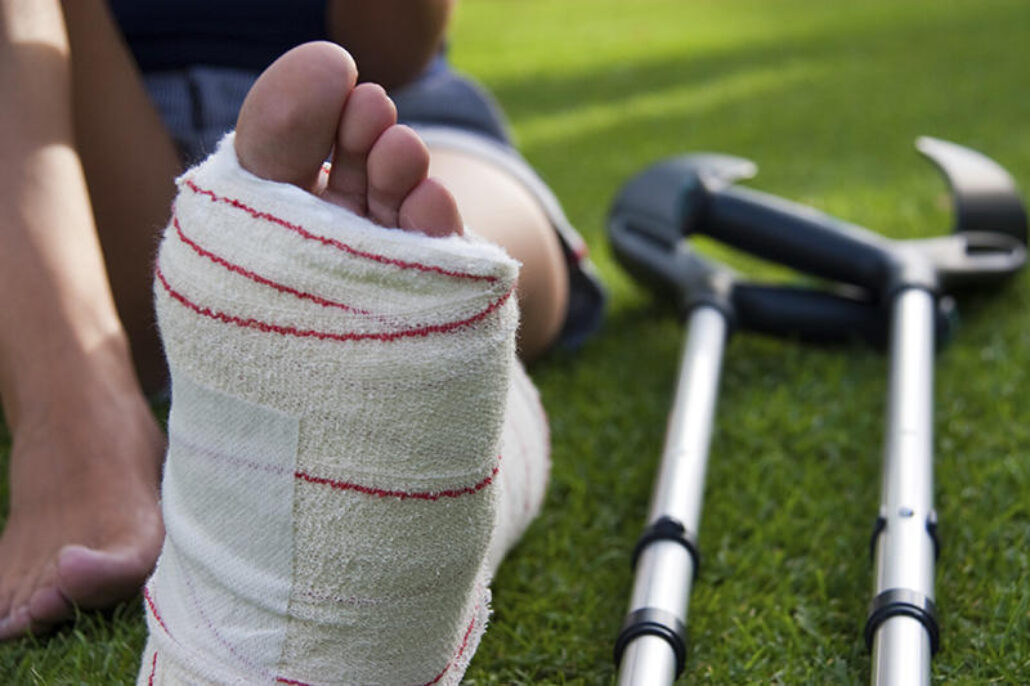What to expect—and what to watch out for—while you are wearing a cast following surgery or an injury.
No one looks forward to the restriction of a cast following an injury or surgical procedure. Casts have a reputation for being clumsy and uncomfortable—but when is discomfort a sign that something may be wrong? There are some things you can do to stay comfortable during this stretch of your recovery—and some warning signs to know that should trigger a phone call to your doctor.
In the first 48 to 72 hours after an injury, an injured joint may swell, causing your limb to feel uncomfortably tight or snug. There are several steps you can take to address and alleviate swelling.
- If you are in a splint, your doctor will show you how to adjust it to safely ease the pressure on your injured limb.
- Elevate the injured arm or leg. Position the injured limb above your heart, using pillows or other support. Elevation encourages fluids to drain out of the limb, easing swelling.
- Ice your splint or cast—it’s fine to do this while your limb is elevated. The best way to ice your injury is with an ice pack, or dry plastic bag filled with ice and wrapped loosely around the cast at the point of injury. Icing is most effective when it covers the surface of the cast.
- If your fingers or toes are uninjured by swollen, move them gently and often to prevent stiffness.
Although swelling is common, too much pressure under your cast can lead to problems. If you experience any of these symptoms, set aside your ice pack and call your doctor for direction.
- Pain, numbness, or tingling in your hand of foot could be a sign that swelling is causing too much pressure inside your cast, and affecting your nerves.
- Burning, stinging skin could be signaling too much pressure on the skin inside the cast.
- Excessive swelling of your limb below the cast could be a signal that swelling and pressure are impeding your blood circulation.
- If you lose the ability to move your fingers or toes, call your doctor immediately—this is a condition that requires evaluation without delay.
- If the skin around your cast becomes red or raw, consult with your doctor.
Broken bones require several weeks to several months to heal completely. Your cast protects the healing process, usually long after the pain of the injury or surgery has subsided. When you know what to expect and what to watch out for as you adjust to your cast, you can monitor your post-surgical recovery confidently, safely, and comfortably.
